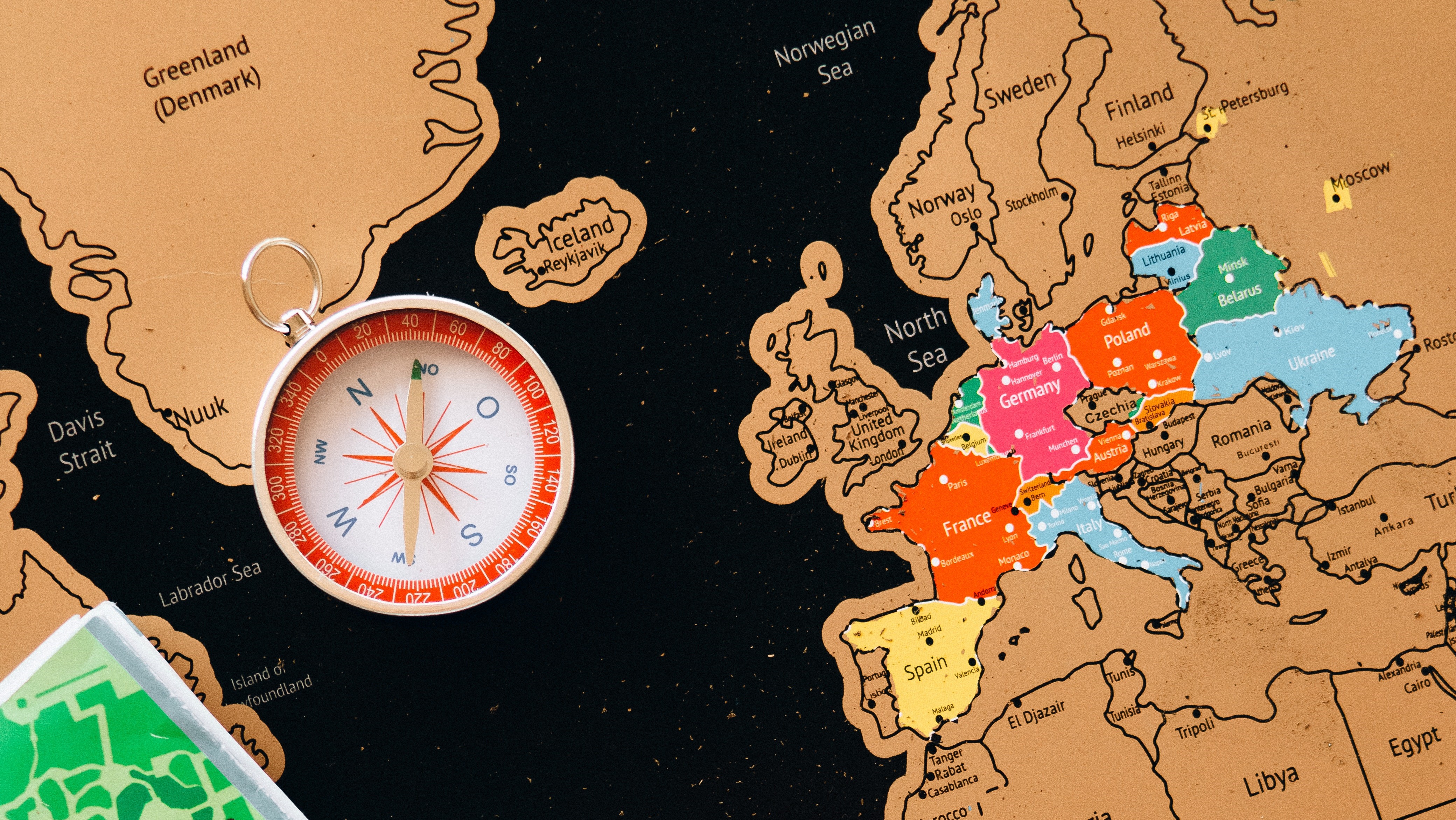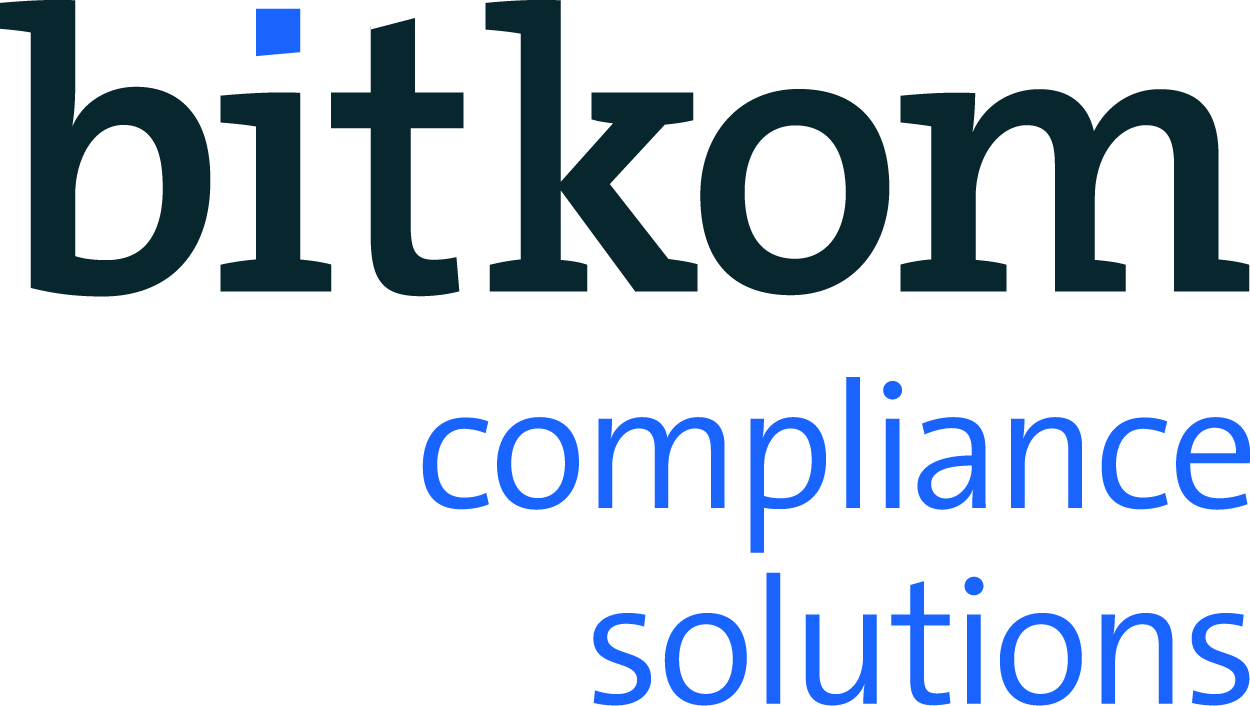
The European WEEE Directive
2003 – Enactment
27 January 2003: The European WEEE Directive 2002/19/EU has come into force in the European Union.
2012 – Amendment
13 August 2012: The European WEEE Directive was amended. It obliged EU countries to transpose the European Directive 2012/19/EU into national law.
Useful links
The Electrical and Electronic Equipment Act (ElektroG)
Obligations as manufacturer under the ElektroG
The “clearing house for manufacturers” (Stiftung ear)
